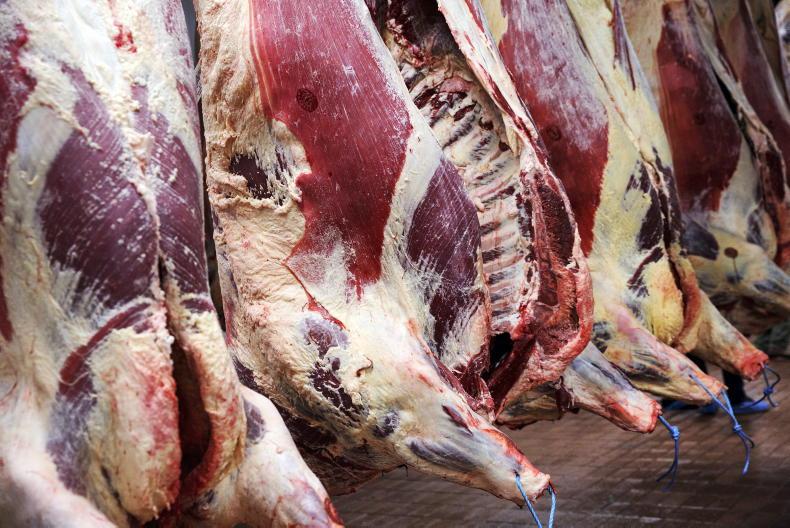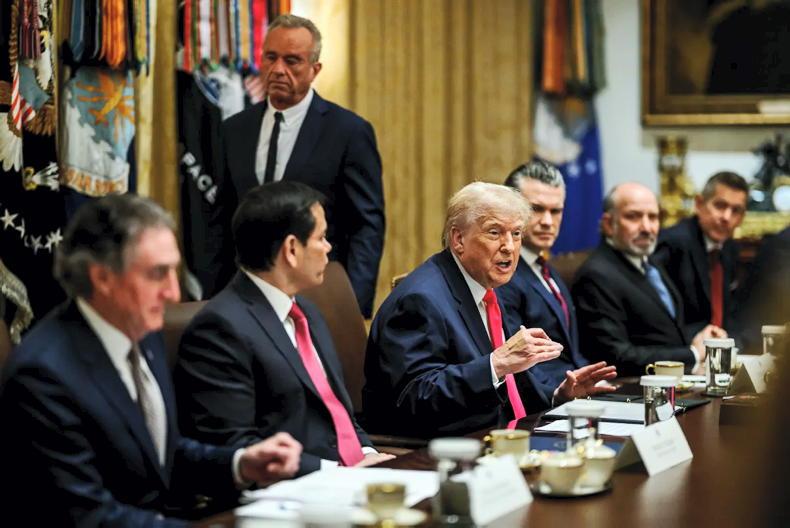The effect of last year's cow cull caused by widespread drought in the US was quantified in the United States Department of Agriculture (USDA) cattle inventory report released this week.
It shows that the total US herd has dipped below 90m, down 3% to 89.3m head at 1 January 2023.
The number of cows is down 3% to 39.4m head, due to the ongoing decline in the beef cow herd, which fell 4% to 28.9m head. The drop in US numbers is also reflected in calf births and other types of cattle on the ground.
The number of calves born in 2022 is estimated by the USDA at 34.5m, which is down 2% on the previous year.
The trend is repeated across growing cattle as well, with heavy steers over 500lb (227kg) down 3% at 16.1m head and the same type of heifers down 4% at 19.9m head.
Effect of fewer cattle
The immediate positive effect for farmers is rising prices paid by factories for stock.
The US average cattle price has been consistently above the equivalent of €5/kg for several months now, even with the US dollar appreciating in value against the euro by 10%.
It should also be noted that cattle aren’t trimmed as closely as in Ireland before weighing and with the US kill-out weight typically above 60%, it is worth an extra 10% or so on the price paid to farmers.
It will also be interesting to observe how these prices will affect factory profits.
The US beef industry posted astronomical profits for 2021 trade, despite problems with labour caused by COVID-19, although quarterly results in the first half of 2022 showed a return to more normal levels.
Why it matters to Irish farmers
What goes on with US cattle prices and trade seems a long way off to Irish beef farmers, especially as we sell negligible amounts of beef to that market.
Despite a drop in US cattle numbers and a $1m Bord Bia-EU campaign, this won't change dramatically in 2023.
Any deficit in US supply will be met by further increases in imports of beef from Brazil and with the Australian herd now well advanced in its rebuild, they will also be in a position to recover lost exports to the US.
While Irish farmers won't benefit directly, there could be some opportunity in US export markets in Asia.
The US exports most of its high-value cuts to Japan, South Korea and increasingly China in the past couple of years.
Ireland has struggled to grow sales to Japan, but this could improve in 2023.
We are not approved for South Korea, but with China reopened it presents real opportunity.
Most Irish export factories are approved for China and with further growth in imports forecast for 2023, any dip at all in US supplies will present further opportunity for Irish exporters.










SHARING OPTIONS